The design of high-performance electric bike (e-bike) motors involves a complex interplay of mechanical, electrical, and thermal engineering principles. One of the primary challenges is achieving an optimal balance between power output, efficiency, and weight. E-bike motors must deliver sufficient torque to assist riders, especially during uphill climbs or acceleration, while remaining lightweight to avoid compromising the bike's overall performance and handling. This requires the use of advanced materials, such as high-strength aluminum alloys and rare-earth magnets, which offer excellent power-to-weight ratios but come at a higher cost.
Another significant challenge is thermal management. E-bike motors generate heat during operation, and excessive temperatures can lead to reduced efficiency, component degradation, and even motor failure. Engineers must design effective cooling systems, such as integrated heat sinks or liquid cooling, to dissipate heat efficiently. Additionally, the motor's internal components, including the stator and rotor, must be designed to withstand thermal stresses without warping or losing magnetic properties. This often involves the use of high-temperature-resistant materials and coatings.
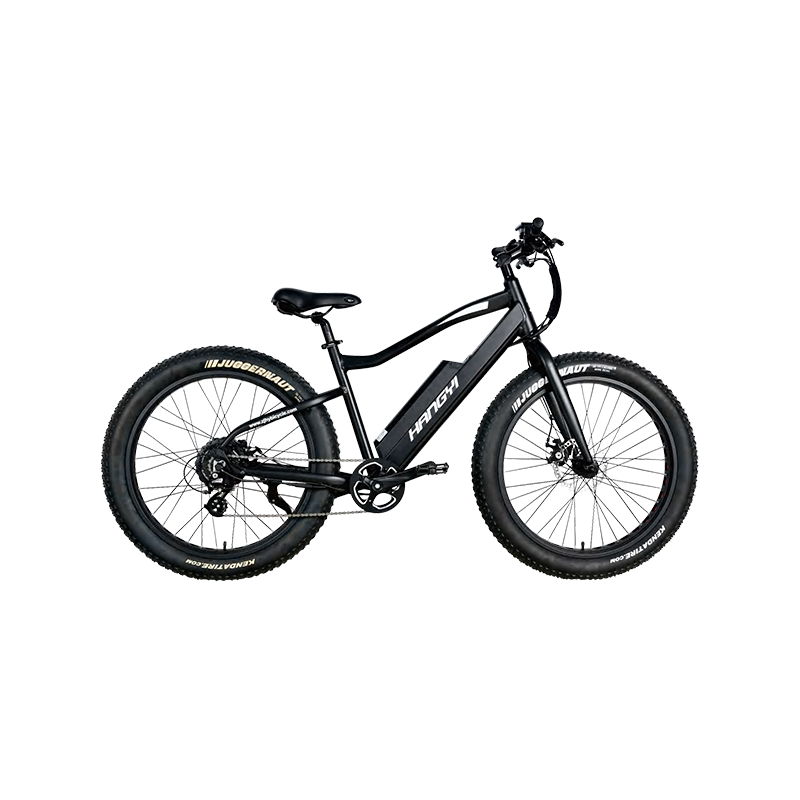
Efficiency is another critical factor in e-bike motor design. The motor must convert electrical energy from the battery into mechanical energy with minimal losses. This requires precise control of the motor's electromagnetic fields, which is typically achieved through advanced control algorithms and high-quality power electronics. Engineers must also consider the motor's operating range, ensuring that it performs efficiently across a wide range of speeds and loads. This often involves the use of sensorless control techniques or the integration of Hall effect sensors to provide real-time feedback on the motor's position and speed.
Noise and vibration are additional challenges in e-bike motor design. High-performance motors can generate significant noise and vibration, which can detract from the rider's experience and lead to mechanical wear over time. Engineers must carefully design the motor's internal components, such as the gear train and bearings, to minimize noise and vibration. This may involve the use of precision machining techniques, advanced lubrication systems, and vibration-damping materials.
Finally, the integration of the motor with the e-bike's overall design is a critical consideration. The motor must be compact and lightweight to fit within the bike's frame without disrupting its aesthetics or handling. This often requires custom-designed motor housings and mounting systems that are tailored to the specific geometry of the bike. Additionally, the motor must be compatible with the bike's drivetrain, whether it is a mid-drive system that integrates with the bike's chain and gears or a hub motor that is mounted within the wheel.


 0
0


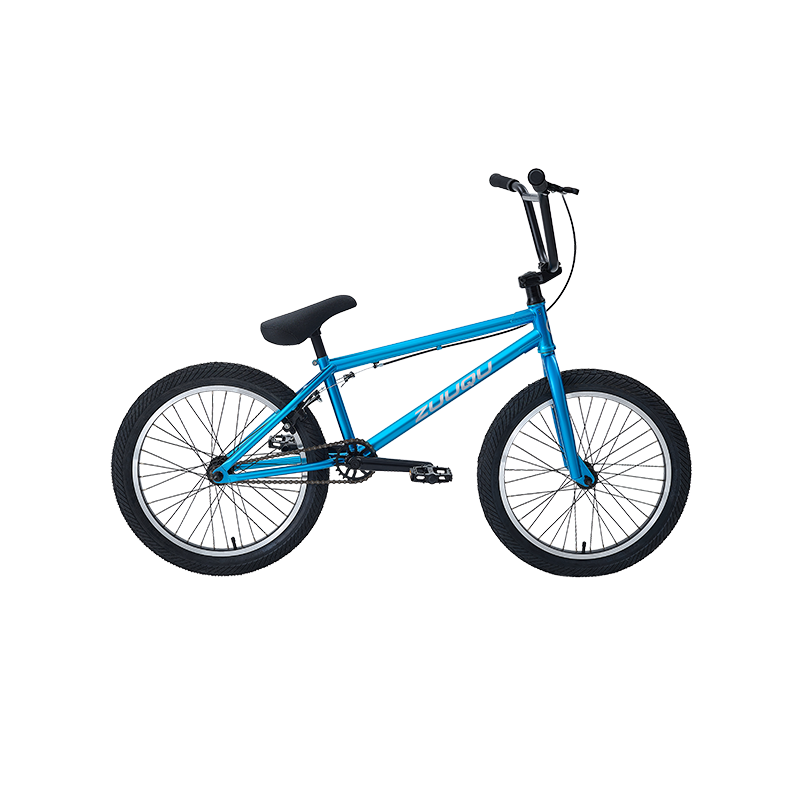

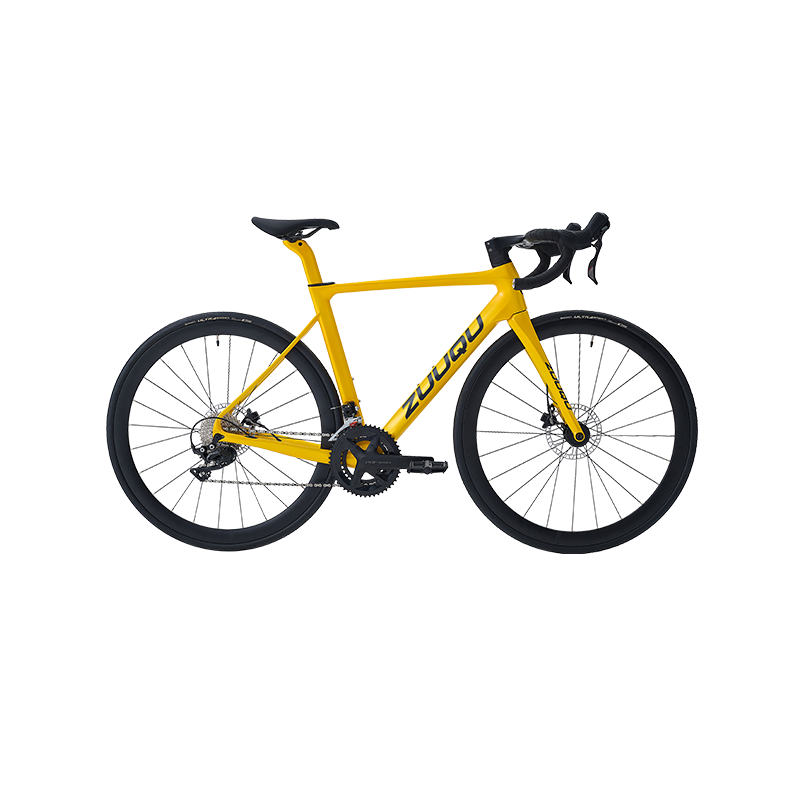
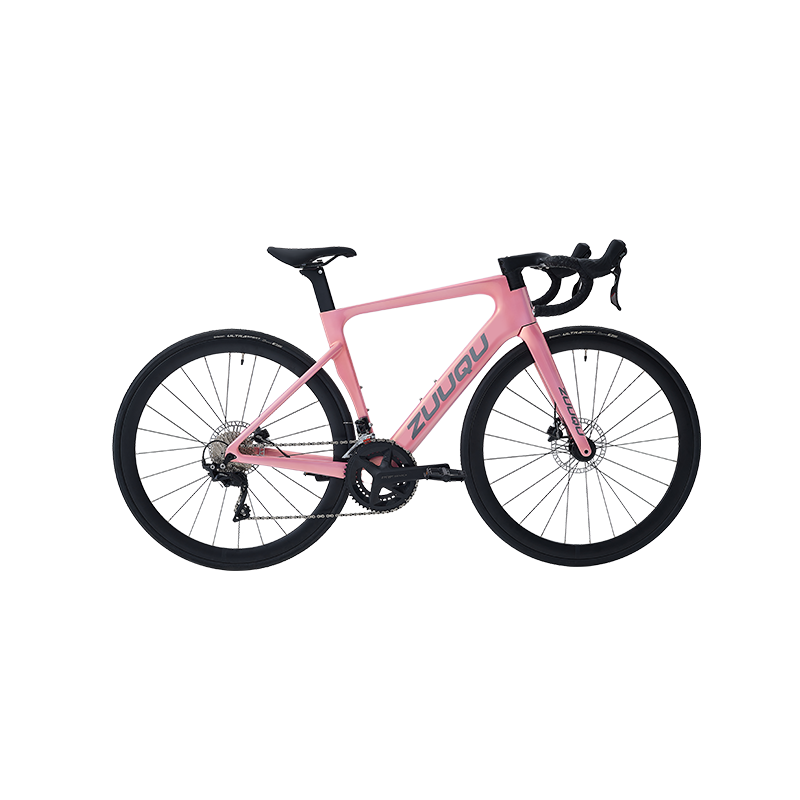
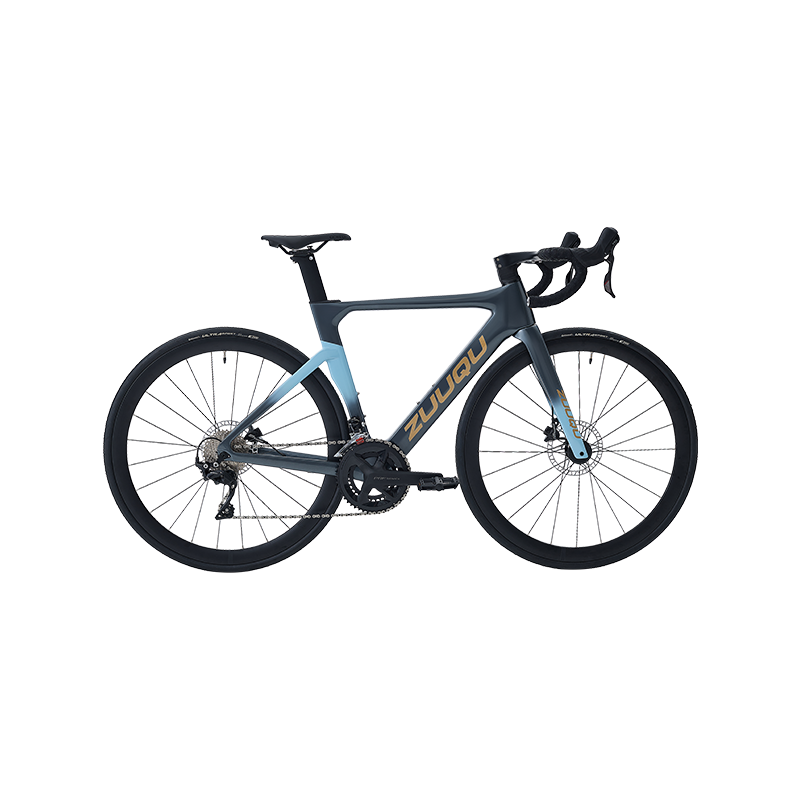
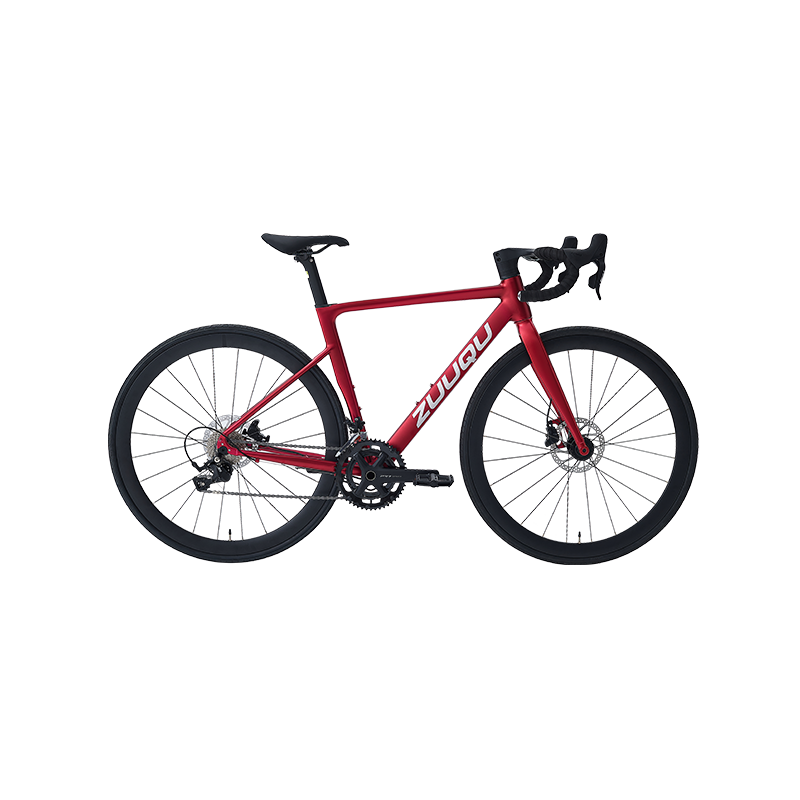
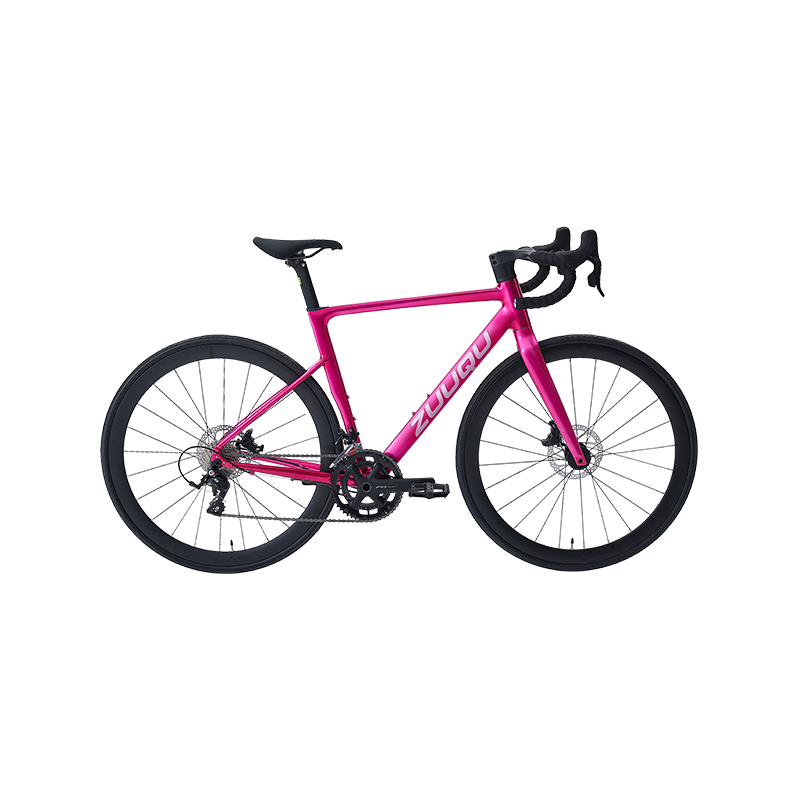

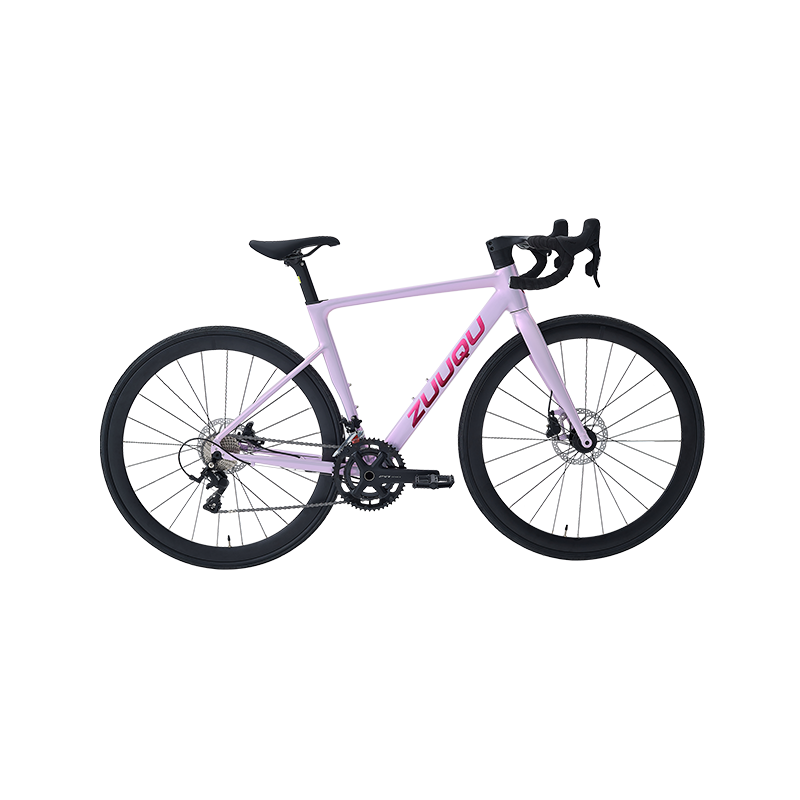
 Linhang industry park, Zhuji,
Linhang industry park, Zhuji,  +86-18858280688
+86-18858280688
